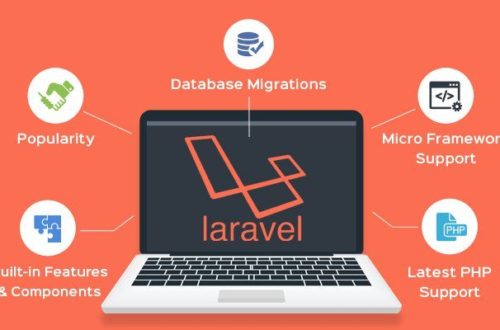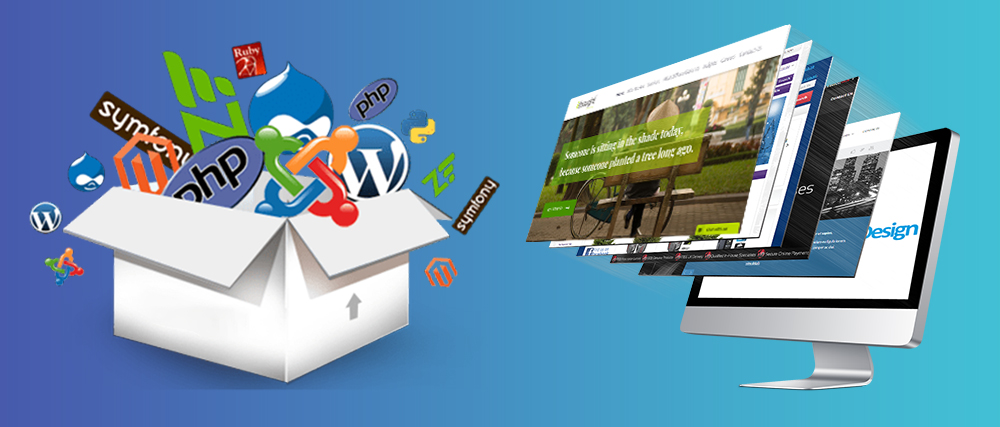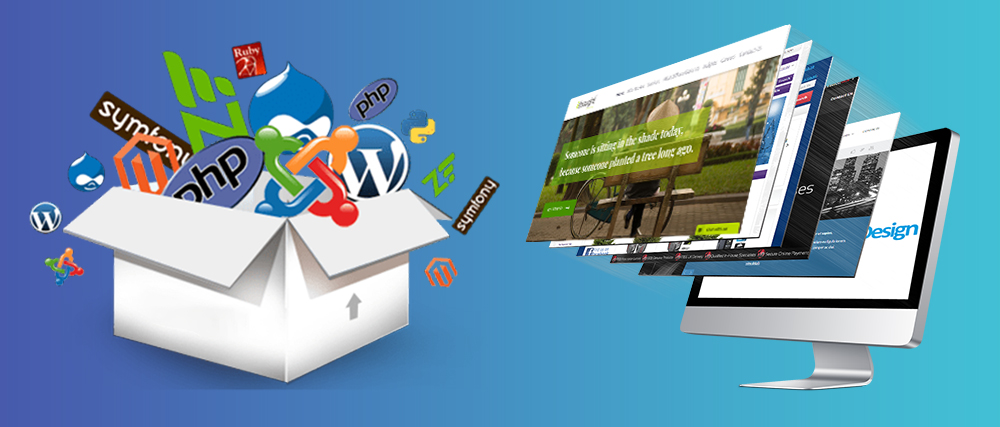The React JS or simply React is famously known as one of the best JavaScript libraries for developing front-end or GUI of web applications. As React software is backed by Facebook, React JS, also known as just React has grown by leaps and bounds in recent years and has become the de-facto library for component-based GUI development. We can build modern, fast Single Page Applications or websites using React.
Though there exists other various front-end frameworks like Angular and Vue.js available, what sets React apart from others could maybe the fact that it just focuses on component-based GUI development and doesn’t invade on other areas.
Today, there are over 220,000 live websites using React. Not only that, but industry giants like Apple, Netflix, Paypal, and many others have also already started using React JS in their software productions.
With so many companies using React JS including some of the top brands in the whole world, React must be offering some extraordinary benefits, right?
Of course, it does. The React JS offers tons of benefits.
The Key benefactor of React JS for front-end development
Let’s see the key benefits of React JS to understand why it is considered to stand out from other front-end development frameworks.
Speed
React Js basically allows developers to utilize individual parts of their application on both client-side and the server-side, which ultimately boosts the speed of the development process.
In simple terms, different developers can write individual parts and all changes made won’t cause the logic of the application.
Usability
Deploying React is fairly easy to accomplish if you have some basic knowledge of JavaScript. In fact, an expert JavaScript developer can easily learn all ins and outs of the React framework in a matter of a day or two.
Flexibility
Compared to other frontend frameworks, the React code is easier to maintain and is flexible due to its modular structure. This flexibility, in turn, saves huge amount of time and cost to businesses.
Performance
React JS was designed to provide high performance in mind. The core of the framework offers a virtual DOM program and server-side rendering, which makes complex apps run extremely fast.
Mobile app development
If you thought React is for web development only, you could not be more wrong! Facebook has already upgraded the framework for developing mobile native applications for both Android & iOS platforms.
Business Benefits of React JS Framework for Modern Web & App Development
- Offers integration by utilizing the lightweight DOM (Document, Object, Model) – React JS flawlessly implements the DOM to enhance the app performance automatically by allowing the developers to control the existing DOM available in the memory.
- The Java Library – The amalgamation of JavaScript and HTML syntax simplifies the code writing process for the proposed project. The React JS library offers distinct functions which help convert the HTML components into the required features by making the whole project easy to interpret.
- Enhanced Data Binding – React.JS offers an excellent option of one-way data binding to help track the changes made in the data segment. Further, it also makes JS coding easier and is extremely efficient while providing tremendous cross-platform support.
- Exceptional Component Support – The React JS framework has much to offer with combination to JS and HTML tags, which makes it easy to deal with the vast data set of DOM. It acts as the intermediary representing of the DOM and helps generate the exact results by identifying the required changes for the specific component.
- SEO Friendly Features – Though traditionally the projects developed in JavaScript were not SEO compatible but with extensive research and improvements suggested by Facebook the new phase of JS development now offers better compatibility with the search engines.
Today, enterprises are on the look-out for a front-end development company that can help them power their business, with a hassle-free engagement through a robust UI. They insist feature-rich mobile web software products which require a complicated and strict process of software development. ReactJS easily adapts to any app development projects and helps to acquire the results that surpass the client expectations.
We prefer to use React because we prefer a single reliable stack which makes it easy for anyone to kick start their digital business. We believe that React is the most approachable technology available today. When we deliver projects to our partners we also want to make sure the transition is as smooth as possible, and React has served us well in doing so.
Seeking a Front-end Development Partner? Our team can serve your most complex application and software development needs.





